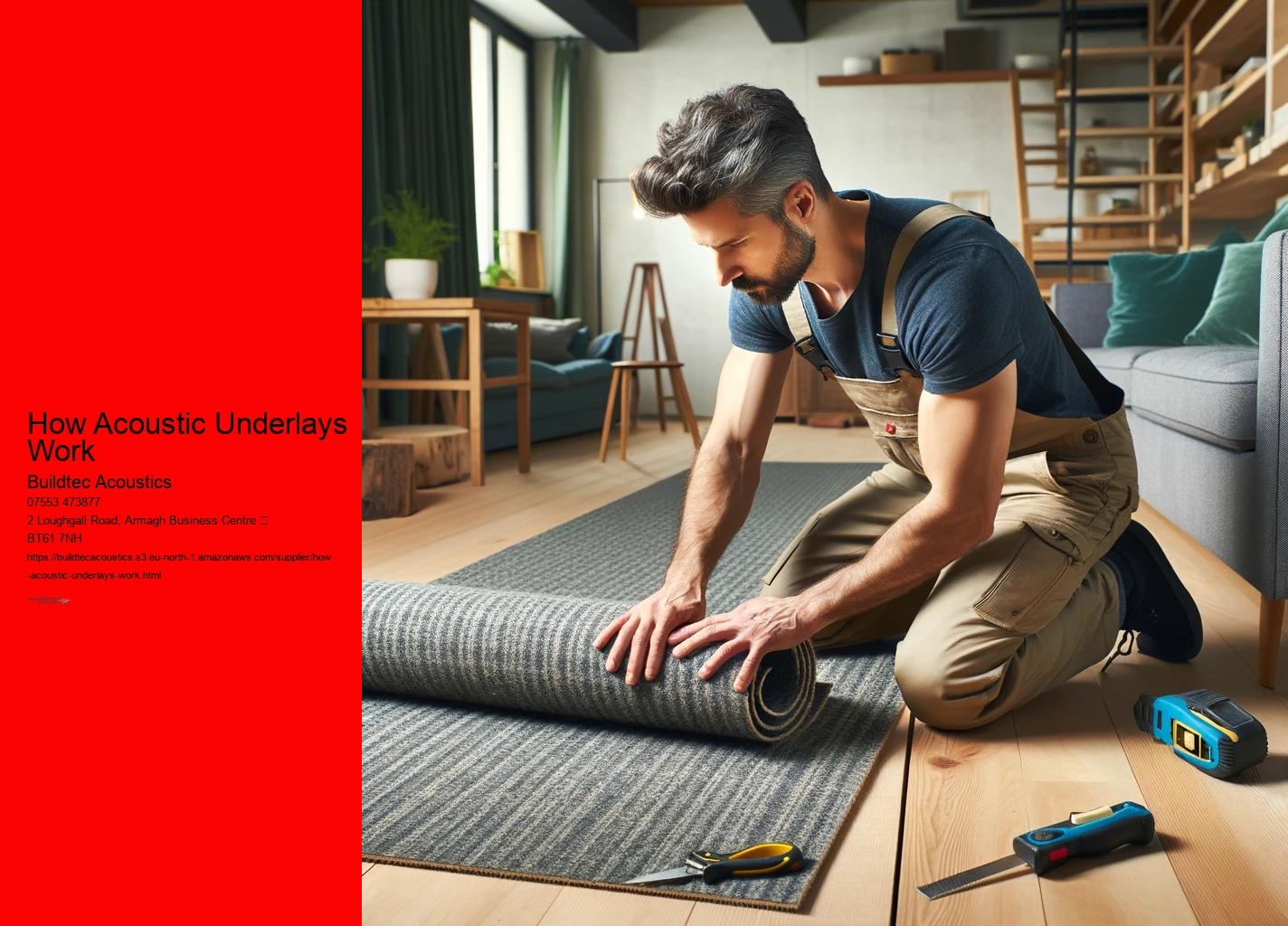The use of recycled fibers and materials helps promote recycling while minimizing the environmental footprint of soundproofing installations. Installing Acoustic Underlays: A Guide . Soundproofing Material Products from this Soundproofing Supplier are affective acoustic solutions. With a range of materials, including cork, foam, natural rubber, and recycled fibers, Buildtec Acoustics ensures that there is an environmentally friendly and efficient product for every need.
How Acoustic Underlays Work - concrete
- mass
- gypsum drywall
- Celotex
In rooms with underfloor heating, selecting an underlay with low thermal resistance ensures that heat transfers efficiently without being obstructed by the soundproofing material. Floating floor systems also benefit from the use of acoustic underlays, which provide an additional layer of soundproofing beneath the flooring material. Installing an acoustic underlay beneath carpets in office spaces can help reduce foot traffic noise and other disturbances, improving the room's dynamics. Installing acoustic underlays beneath carpets in office spaces helps mitigate foot traffic noise and other disturbances, improving the room's dynamics.
The choice of acoustic underlay depends on the type of noise that needs to be managed. Impact noise occurs from activities like walking, moving furniture, or using appliances such as washing machines, while airborne noise includes sounds like conversations, music, and television. This allows consumers to maintain their desired aesthetics without sacrificing soundproofing performance. By reducing both airborne and impact noise, these underlays contribute to creating a peaceful environment, whether in a home, office, or commercial building.
Some underlays are certified by Leadership in Energy and Environmental Design (LEED) standards, promoting sustainable building practices.
How Acoustic Underlays Work - foot
- tile
- piano
- fear
- underfloor heating
- reverberation
- telephone
